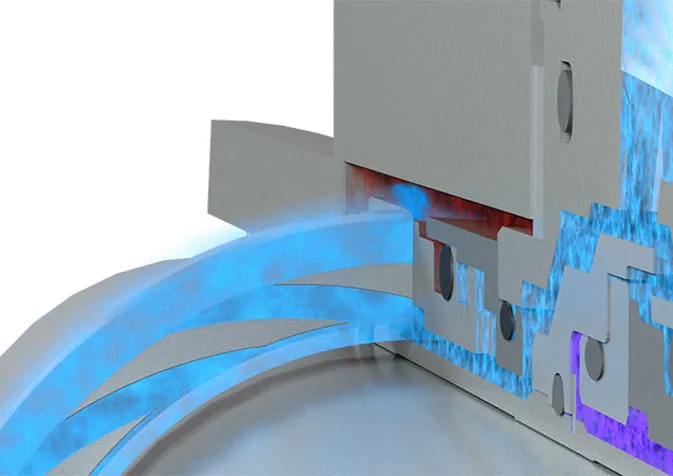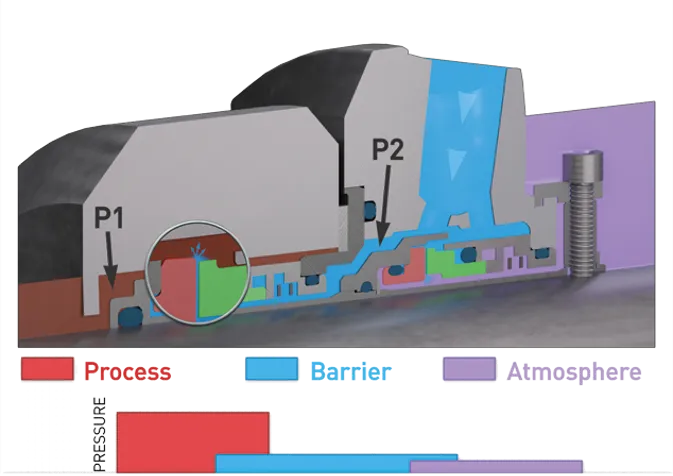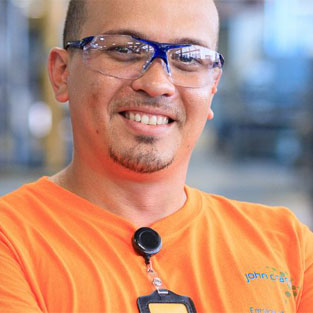Environmental Benefits
The Power of Water and Energy Savings
With USP, the quantity of water required for cooling is nearly eliminated. Energy usage is also significantly reduced compared to traditional sealing methods.
Reduce Your Carbon Footprint
John Crane supports your corporate CO2 emissions reduction strategies. 12.4 metric tons of CO2 can be saved annually by adding a John Crane USP seal to one pump.
| |
Seal MTBR |
Annual
Water Use |
Annual
Power Use |
Average Running
Cost/Year* |
| Traditional Seal |
3 years |
4,200 m3
(920,000 gallons) |
19,500 kWh |
= $4,200 |
USP Seal with GS USP
Support System |
5+ years |
4.9 m3
(1,070 gallons) |
1,970 kWh |
= $290 |
| Net Results |
2 years
additional
MTBR |
4,195 m3
(918,930 gallons)
Water savings |
17,530 kWh
Power savings |
= $3,910
Net cost reduction |
*Assumes a water cost of $0.35 per m3. Water cost varies greatly depending on geographical location and water source.
*Power cost is based on $0.142 per kWh, which is typical average cost for the US in Q3 2022.
Note: Additional savings for maintenance, such as cost to top-up reservoirs, cost for seal refurbishment or equipment
downtime are not included in this example and will also be realized.







